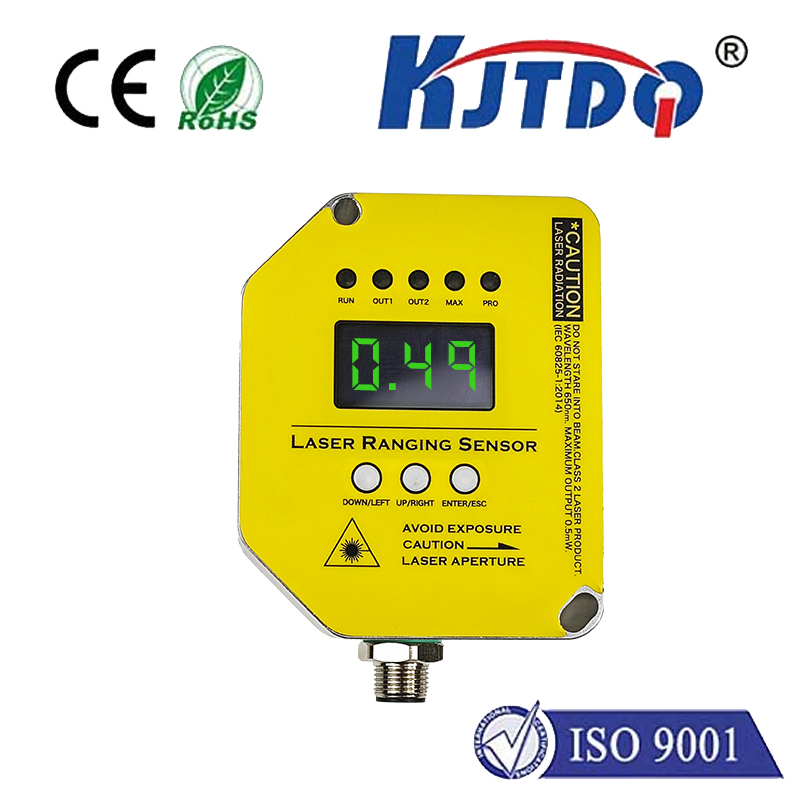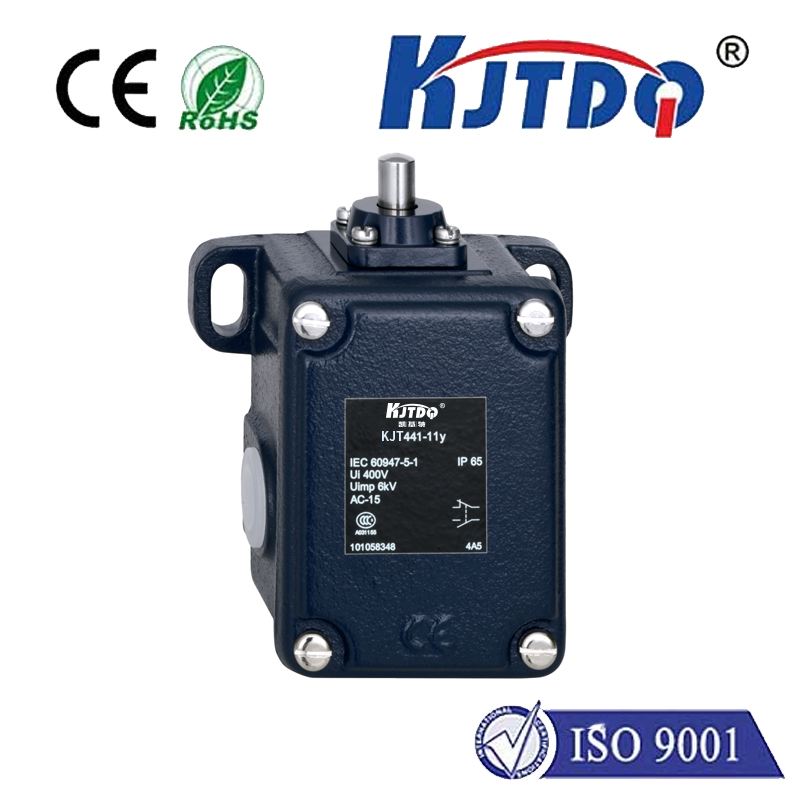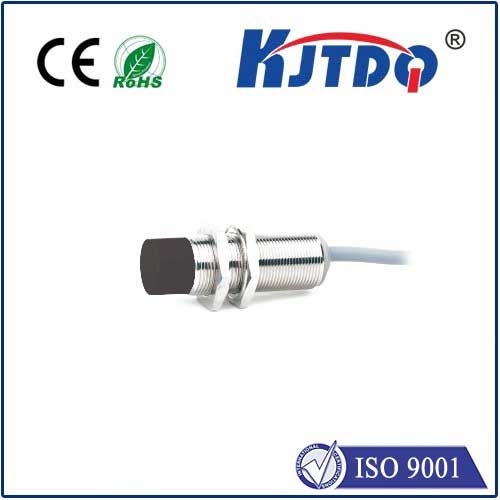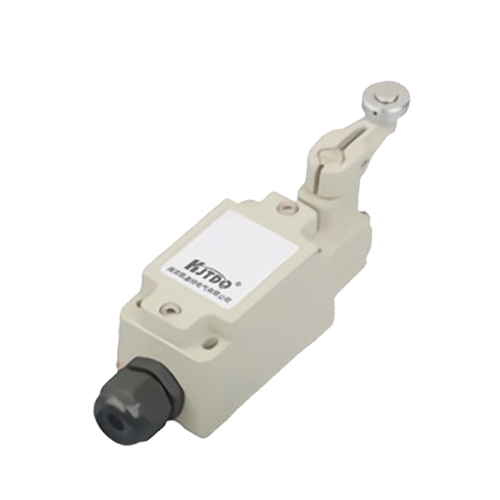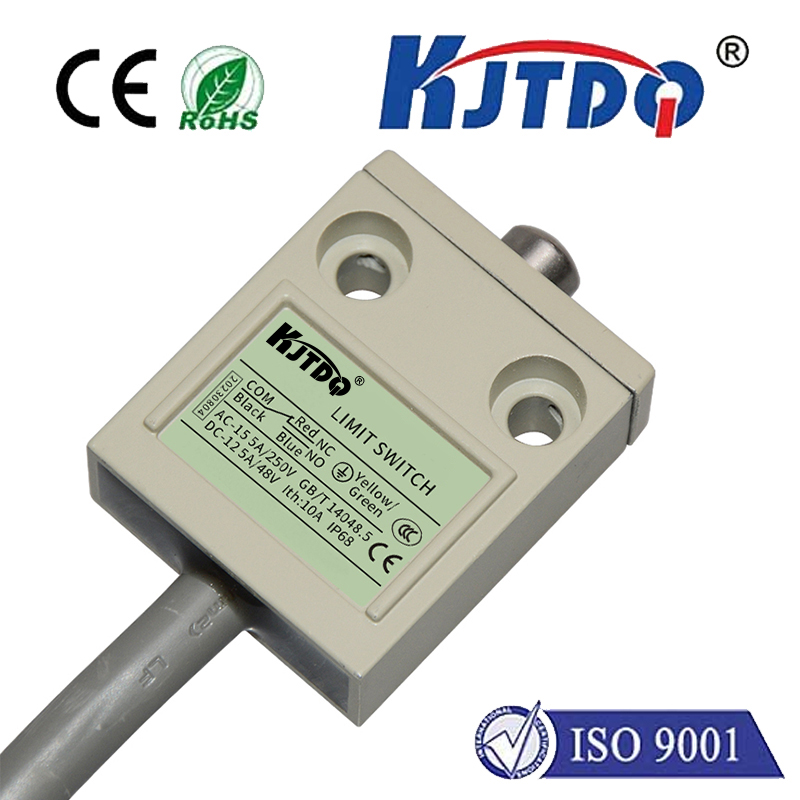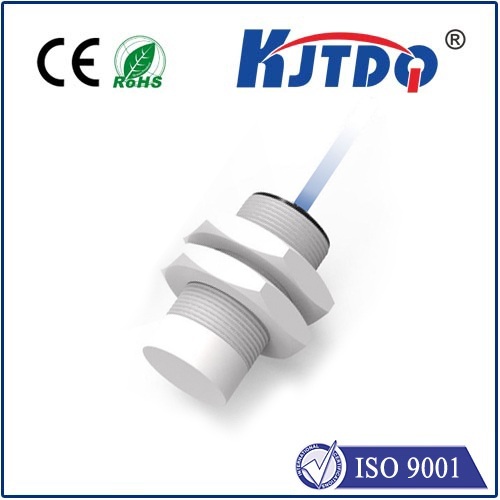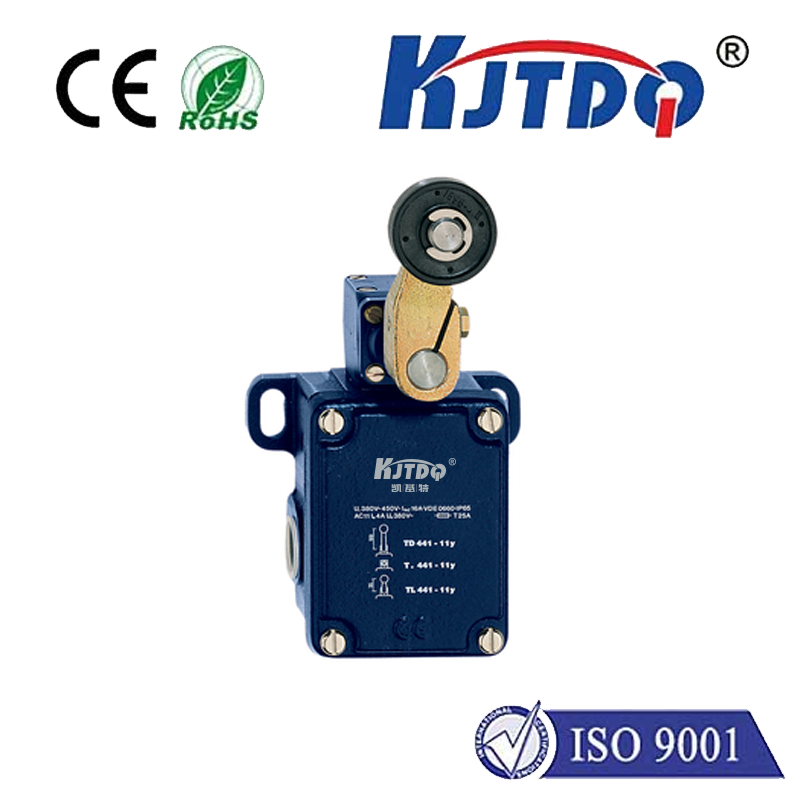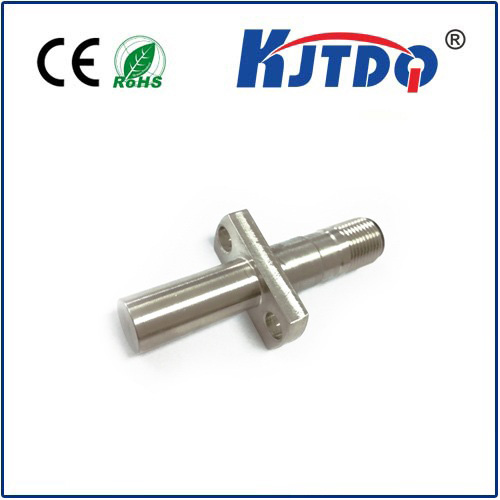BES00PY high pressure proximity sensor
- time:2025-09-29 17:54:47
- Нажмите:0
BES00PY High Pressure Proximity Sensor: Revolutionizing Industrial Detection in Demanding Environments
Imagine a hydraulic press slamming down with 500 tons of force, or molten metal flowing under immense pressure in a die-casting machine. Traditional sensors in these brutal environments often fail – crushed, melted, or simply overwhelmed. This is where industrial reliability hangs in the balance, demanding technology engineered to endure the extreme. Enter the BES00PY high pressure proximity sensor, a specialist component designed not just to survive, but to deliver unwavering precision where standard sensors falter. Its core mission? Providing dependable, non-contact detection within the heart of high-pressure systems, safeguarding processes and preventing costly downtime.
Operating Under Extreme Duress: The High-Pressure Challenge
Industrial applications involving hydraulic power systems, injection molding, heavy presses, and oil & gas equipment inherently generate colossal pressures. Standard proximity sensors, while excellent for general automation, lack the robust construction and specialized design needed here. Exposure to pressures exceeding hundreds or even thousands of bar (or psi) can lead to:
- Physical Deformation or Collapse: Sensor housings can implode or distort under sustained high pressure.
- Seal Failure & Fluid Ingress: Hydraulic fluid or other media can breach the sensor, damaging internal electronics instantly.
- Signal Instability: Pressure fluctuations can interfere with the inductive field or strain internal components, causing unreliable switching.
- Catastrophic Failure: Ultimately, an unsuitable sensor becomes a single point of failure, risking equipment damage and safety hazards.
The BES00PY is specifically engineered to overcome these formidable obstacles, making it a cornerstone of robust industrial automation in punishing conditions.
Engineering Resilience: How the BES00PY Withstands the Crush

The BES00PY proximity sensor stands apart due to its meticulous design focused on high-pressure integrity:
- Fortified Housing: Constructed from high-grade, pressure-resistant materials (typically robust stainless steel alloys), its housing is engineered to maintain structural integrity even under sustained, extreme pressure loads. Think of it as a miniature pressure vessel for sensing.
- Advanced Hermetic Sealing: Crucially, it employs specialized, multi-layered sealing technologies – often involving unique geometries, high-performance elastomers, and metal-to-metal seals. This hermetic sealing is the critical barrier preventing high-pressure media from penetrating the sensitive sensing coil and electronics within. This robust sealing defines its core capability.
- Pressure-Optimized Design: The internal layout isn’t just compact; it’s calculated to distribute pressure forces evenly, minimizing stress points where failure could initiate. The sensing face itself is reinforced.
- High-Temperature Tolerance: Environments generating high pressure often involve significant heat. The BES00PY is built to operate reliably across an extended temperature range, ensuring performance isn’t compromised by associated thermal challenges.
- Unwavering Sensing Principle: At its heart, it remains a reliable индукционный датчик приближения. It detects the presence of conductive metallic targets without physical contact using an electromagnetic field. The magic lies in maintaining this precise, non-contact operation flawlessly despite the immense external forces acting upon it.
Where Indomitable Sensing is Non-Negotiable: Key Applications
The BES00PY high pressure proximity sensor finds its critical niche wherever pressure is inherent to the process:
- Hydraulic Power Units (HPUs): Monitoring piston position within hydraulic cylinders under extreme operating pressure, providing vital feedback for control systems. Ensures cylinders extend/retract correctly and reach end positions reliably, even at maximum system pressure.
- Injection Molding Machines: Detecting mold closure position accurately under the massive clamping force generated by hydraulic systems. Essential for process timing, safety interlocks, and preventing costly damage from incomplete closure.
- Die Casting Machines: Position sensing within high-pressure die-casting plunger systems, where metal is injected under tremendous force. Requires sensors immune to both pressure and high ambient temperatures.
- Heavy Presses & Forging Equipment: Monitoring tooling positions, ram location, or billet feed mechanisms subjected to enormous compressive forces during metal forming operations.
- Test Rigs & Pressure Vessels: Providing position feedback or presence detection within chambers undergoing high-pressure testing.
- Offshore & Subsea Equipment: Deployed in oil and gas applications where sensors must function reliably at great depths, resisting immense hydrostatic pressure.
In these scenarios, the BES00PY isn’t just a sensor; it’s a vital component for operational safety, precision control, and preventing extraordinarily expensive downtime caused by sensor failure.
Beyond Survival: The Tangible Benefits of Pressure-Proven Sensing
Choosing a датчик приближения высокого давления like the BES00PY delivers concrete advantages:
- Unmatched Reliability: Dramatically reduces unscheduled downtime caused by sensor failure within high-pressure zones. Its resilience directly translates to continuous production.
- Enhanced Process Safety: Provides dependable position feedback crucial for safety interlocks, preventing hazardous situations like unintended machine movement during maintenance or mold opening under pressure.
- Superior Precision & Repeatability: Delivers consistent, accurate switching signals regardless of pressure fluctuations, ensuring optimal process control and product quality in critical applications like molding and casting.
- Reduced Maintenance Costs: Exceptional durability means fewer replacements and lower associated labor costs. The robust construction withstands harsh conditions that quickly destroy standard sensors.
- Long-Term Cost Savings: While potentially a higher initial investment, the extended lifespan and avoidance of catastrophic downtime lead to significant total cost of ownership savings.
Selecting and Implementing the BES00PY for Peak Performance
For engineers and maintenance professionals considering the BES00PY high pressure proximity sensor, key considerations include:
- Maximum Pressure Rating: This is paramount. Ensure the sensor’s rating comfortably exceeds the peak operating pressure of your system, including potential pressure spikes or surges.
- Media Compatibility: Verify the housing material and seals are compatible with the specific hydraulic fluid or other media present (oil types, water glycol, etc.).
- Target Material: Confirms compatibility with the metallic targets it will detect (steel, aluminum, brass, etc.).
- Electrical Specifications: Ensure the output type (NPN/PNP, NO/NC), voltage range, and current rating match your control system requirements.
- Environmental Factors: Consider ambient temperature range, potential for vibration/shock, and exposure to coolants or cleaning agents beyond the primary pressure challenge.
- Mounting Constraints: Physical size and mounting style (threaded barrel, flange) must suit the available space and mounting point.
Proper installation following manufacturer guidelines is essential. Ensure threads are clean and sealed appropriately (often with compatible thread sealant where specified), avoid overtightening which can distort seals, and route cables away from potential damage points like pinch zones or hot surfaces. The inherent robustness of the BES00PY is maximized by correct deployment.
When machinery operates at the limits of force, relying on standard components is a gamble. The BES00PY high pressure proximity sensor eliminates that uncertainty. It embodies a fusion of precision sensing and extreme environmental engineering, purpose-built to deliver unwavering detection where pressure is not just a factor, but the defining characteristic. By guaranteeing positional feedback and presence detection within these punishing zones, it safeguards multi-million dollar equipment, ensures continuous production flow, and fundamentally underpins the safe and efficient operation of the world’s most demanding industrial processes.







